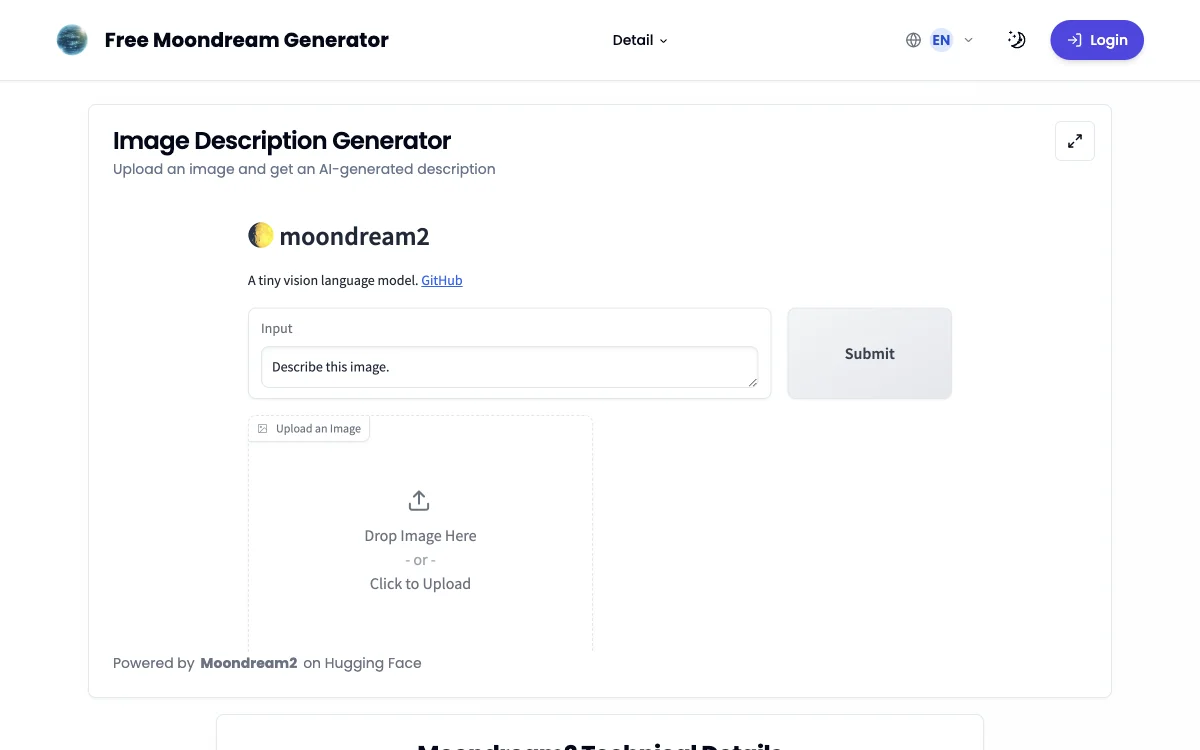Moondream2 represents a significant advancement in the field of vision language models, particularly for its compact size and efficiency. With 1.86 billion parameters, it is initialized with weights from SigLIP and Phi-1.5, enabling it to process information robustly while maintaining a small footprint. This makes Moondream2 exceptionally suited for deployment on edge devices, such as smartphones and IoT devices, where resources are limited.
One of the standout features of Moondream2 is its ability to understand and analyze documents. Whether it's tables, forms, or complex documents, Moondream2 can extract key information with impressive accuracy. This capability is crucial for applications requiring real-time data processing without the need for cloud connectivity.
Moreover, Moondream2's architecture is designed for efficient operation on low-resource settings, optimizing both memory usage and processing power. This efficiency does not come at the cost of performance, as Moondream2 has shown promising results in various tasks, including image recognition and code understanding.
For developers and researchers looking to integrate Moondream2 into their projects, the model is accessible via Hugging Face, offering pre-trained weights and comprehensive documentation. The GitHub repository also provides an avenue for contributing to the project and staying updated with the latest developments.
In comparison to other vision language models like GPT-4V and LLaVA, Moondream2's primary advantage lies in its compact size and edge device compatibility. While larger models may offer more extensive training data and capabilities, Moondream2's efficiency and speed make it an ideal choice for applications requiring on-device processing.
To get started with Moondream2, users can install the library via pip, import it into their Python scripts, and begin processing images or answering questions about them. The model's ease of use, combined with its powerful capabilities, makes it a valuable tool for a wide range of applications, from mobile image recognition to document analysis and beyond.

